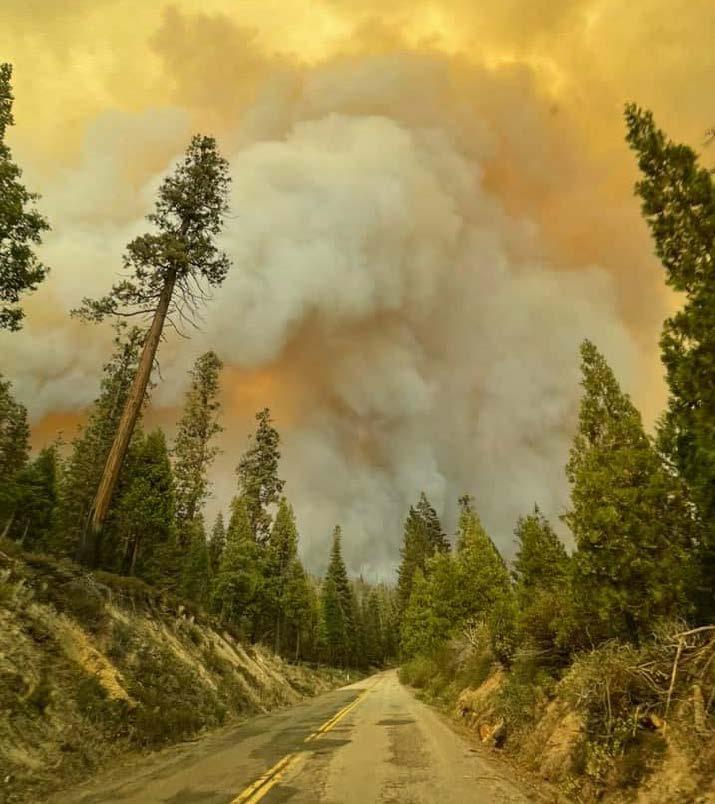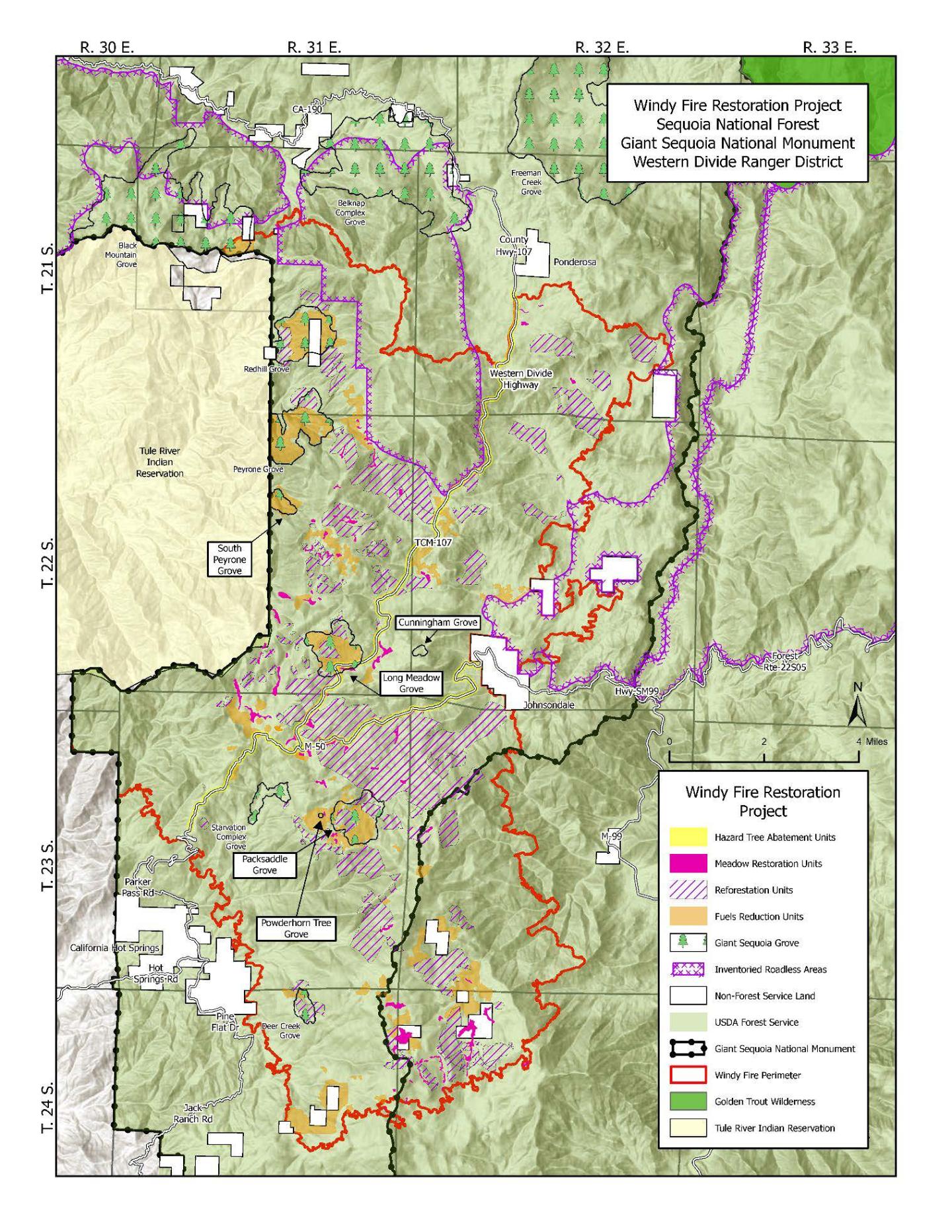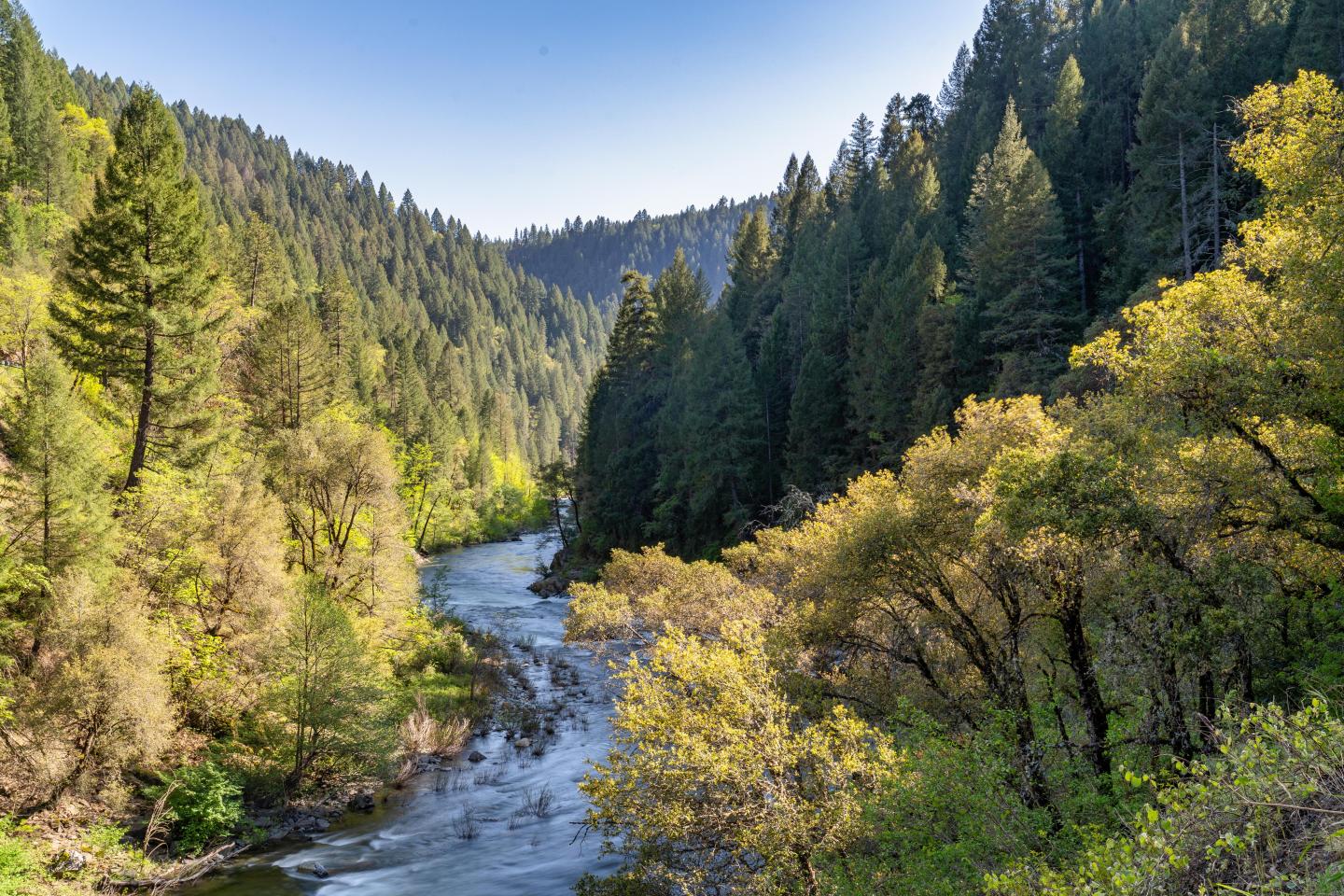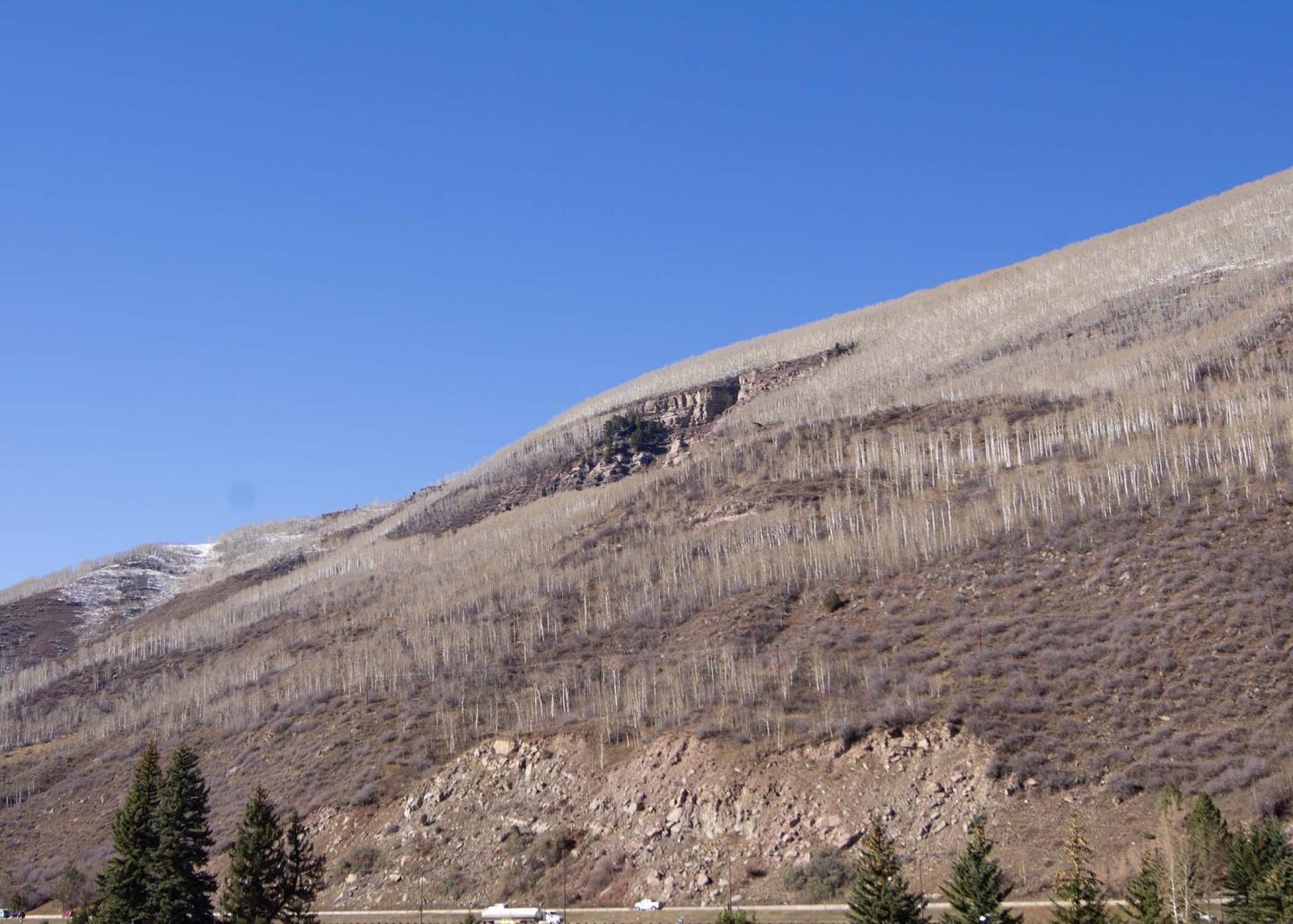Windy Fire Restoration Environmental Analysis

In August 2022, the Great Basin Institute enlisted the expertise of SE Group to aid the Sequoia National Forest in navigating the mandates of the National Environmental Policy Act (NEPA) for the Windy Fire Restoration Project. The endeavor was prompted by the devastating Windy Fire of 2021, which scorched some 75,000 acres of pristine National Forest System lands.
Decades of fire suppression, exacerbated by drought and insect infestations, had left the project area burdened with dangerously high levels of flammable material. While the Windy Fire had naturally reduced some of this fuel, its impact varied across the landscape. SE Group's mission was clear: to conduct a comprehensive NEPA analysis and documentation necessary for post-fire recovery efforts.
Named in honor of its fiery origins, the Windy Fire Restoration Project aimed to achieve several critical objectives. Foremost among these goals was the restoration of forest health, particularly in areas housing majestic giant sequoia groves. This was not only to benefit diverse wildlife habitats but also to ensure the ecological balance and preserve the hydrology of surrounding meadows. Additionally, the project sought to enhance safety by establishing reliable access and evacuation routes, especially crucial for mountain communities.
The scope of the project spanned approximately 16,977 acres and encompassed four primary categories of treatment. These included reducing fuel levels in areas of low to moderate burn severity, removing hazardous trees along access routes, replanting in severely burned zones where natural regeneration was unlikely, and restoring the delicate balance of local meadows.
The project underwent an Environmental Assessment process, with a portion of the proposed actions approved under the Forest Service Chief’s "Giant Sequoia Emergency Response" directive issued in July 2022. Although some activities were already underway on the ground, they were included in the formal proposal for thorough evaluation. Throughout this process, key environmental concerns such as the protection of giant sequoias, the habitat of the California Pacific fisher, the nesting grounds of the California spotted owl, and the restoration of critical meadow ecosystems were prioritized.
Ultimately, after extensive analysis and consultation, a final decision approving the proposed actions was made by the district ranger in December 2023. This marked a significant milestone in efforts to restore and safeguard the ecological health of the Sequoia National Forest following the destructive impact of the Windy Fire.


